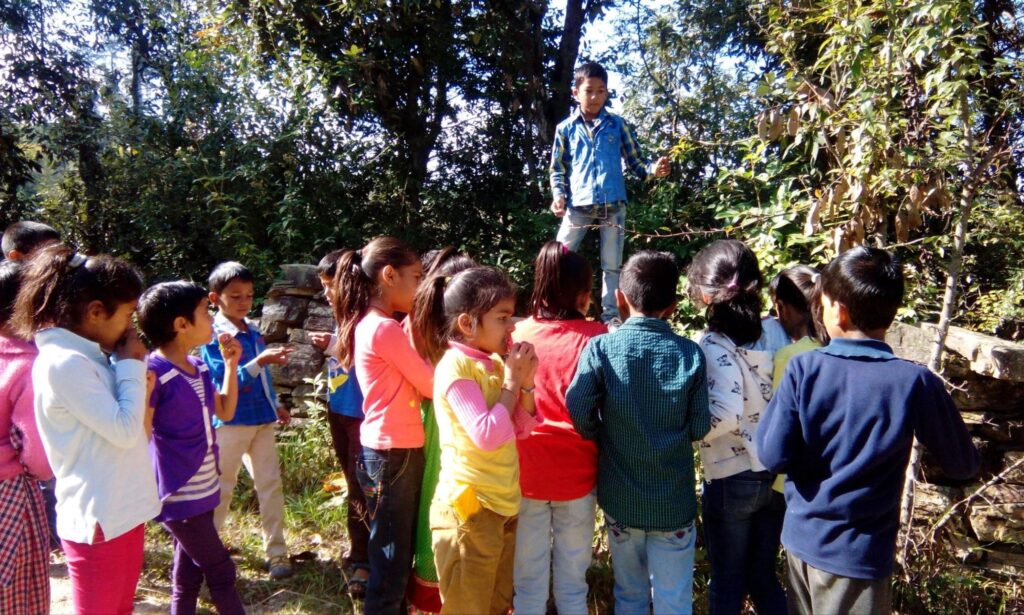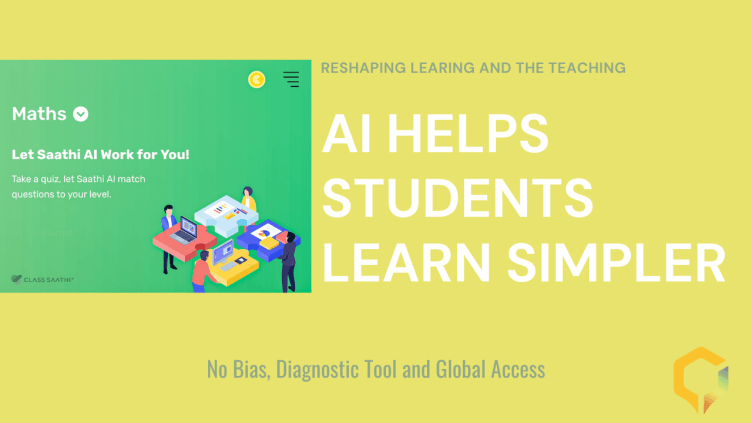While teachers do their best on most occasions, it can be difficult to keep a classroom fully engaged in a 45-minute teaching session. What works to a disadvantage these days is also the fact that increased digital time has resulted in reduced attention span in children.
As educators, it can be frustrating to have one child distracted in class who inevitably distracts other students too. Want to know how to be engaging in class and retain attention? Read on to find out!
1. Ice Breakers

Ice breakers are a good way to refresh young minds from learning fatigue. Children sit in classrooms all day learning subjects and concepts throughout. It can be tedious for them to switch gears and maintain the same level of focus for each class. So, having ice breakers will give them something to focus on and give them a mental break from the stress of constantly having to be present!

Do not rely only on one method of teaching to help your students. Students respond to variety and if you enlist the use of audiovisual content, outdoor teaching activities and the like, you are at a great advantage of being able to retain their energy.
3. Peer learning is key when all else fails

What can truly work in moments of absolute desperation is peer learning. You can split them up into groups and have students learn concepts in that group. What you can also do is announce a group quiz contest after the teaching session to drive some enthusiasm in class.
4. Announce a formative assessment
On days when the classroom energy is low, you can use formative assessments as a bolt of energy to reawaken your class. When there is a test around the corner, students will find themselves being more alert and responsive.
5. Education Apps (Class Saathi by TagHive)

We live in a world with apps and only apps and one thing we can rely on when all else fails is the use of educational apps. This is not just a fun way to engage students but it can also help them learn concepts more easily.
There are a dozen ways to manage, motivate and measure students and the best way to do it is in ways that they are happiest responding to. The idea is not to create an environment of fear where children are forced to learn.
Instead, having an ecosystem that takes into account what the students are feeling and helping them by enlisting resources that work best for them will make learning in the classroom a far more enjoyable process!
FAQ: Student Engagement
Student engagement refers to the active and enthusiastic participation of students in their learning. It involves their emotional, cognitive, and behavioral investment in educational activities and materials.
Three important points about student engagement:
1. Active Participation: Engaged students are actively involved in their learning, asking questions, participating in discussions, and taking initiative.
2. Intrinsic Motivation: Student engagement is often driven by intrinsic motivation, where students find value and interest in what they are learning.
3. Impact on Learning Outcomes: High levels of student engagement are correlated with improved learning outcomes, including higher grades, better retention, and a deeper understanding of the subject matter.
Student engagement is a crucial factor in the educational process, with far-reaching implications for both students and educators.
Three important points about the importance of student engagement:
1. Enhanced Learning: Engaged students are more likely to grasp and retain information, leading to improved academic performance and long-term success.
2. Positive Classroom Environment: High levels of student engagement contribute to a positive classroom environment, where learning is enjoyable and interactions are meaningful.
3. Preparation for Future Success: Engaging in learning fosters critical thinking, problem-solving skills, and adaptability, preparing students for success in their future careers and personal lives.
Educators play a pivotal role in promoting student engagement through various strategies and practices.
Three important points about promoting student engagement as an educator:
1. Active Teaching Methods: Employ active learning techniques, such as group discussions, hands-on activities, and problem-solving exercises, to keep students engaged.
2. Feedback and Encouragement: Provide constructive feedback and encourage students to reflect on their learning experiences, fostering a growth mindset.
3. Inclusive Classrooms: Create an inclusive and supportive classroom environment that respects diversity and encourages all students to participate.
Several factors can hinder student engagement, making it important to identify and address these barriers.
Three important points about common barriers to student engagement:
1. Lack of Relevance: When students fail to see the relevance of the material to their lives or future, engagement may decline.
2. Ineffective Teaching Methods: Monotonous lectures and uninspiring teaching methods can lead to disengagement among students.
3. External Stressors: Personal and external stressors, such as financial issues or health concerns, can distract students from their studies and impact their engagement.
Students also have a role to play in enhancing their own engagement in the learning process.
Three important points about how students can enhance their own engagement:
1. Active Participation: Take an active role in your learning by asking questions, seeking help when needed, and participating in class activities.
2. Time Management: Effective time management and study skills can help students stay organized and on track, reducing stress and enhancing engagement.
3. Goal Setting: Set clear academic and personal goals to create a sense of purpose and motivation in your studies.
Key indicators of student engagement include active participation in class discussions, asking questions, completing assignments on time, demonstrating a genuine interest in the subject matter, and showing a willingness to explore topics beyond the curriculum.
Yes, technology can enhance student engagement by providing interactive learning tools, multimedia resources, and opportunities for collaborative online activities. When used effectively, technology can make learning more engaging and interactive.
Student choice and autonomy play a significant role in fostering engagement as they allow students to select topics of interest, take ownership of their learning, and feel more motivated and empowered.
Yes, strategies to re-engage disengaged students include building relationships, offering personalized support, identifying and addressing learning barriers, and adjusting teaching methods to better suit individual needs.
Educators can find resources and strategies for improving student engagement through professional development opportunities, educational conferences, academic journals, and online platforms dedicated to teaching and learning.
In conclusion, student engagement is a vital component of the educational experience, influencing learning outcomes, classroom dynamics, and students' readiness for future success. By understanding its significance and employing effective strategies, both educators and students can work together to create a more engaging and fulfilling learning environment.

